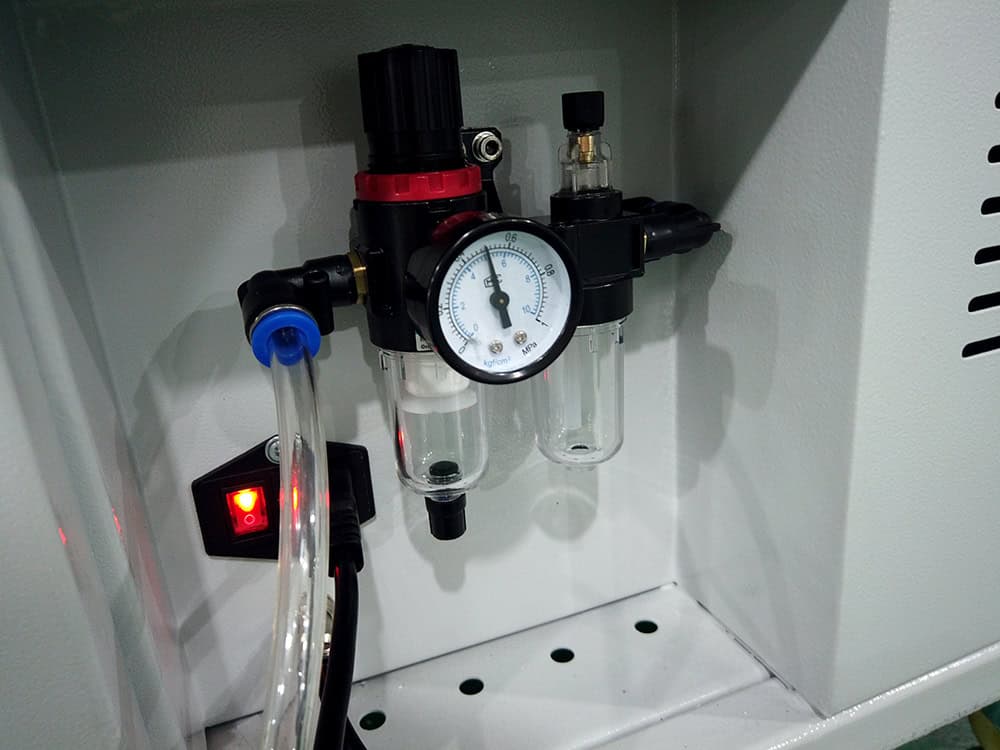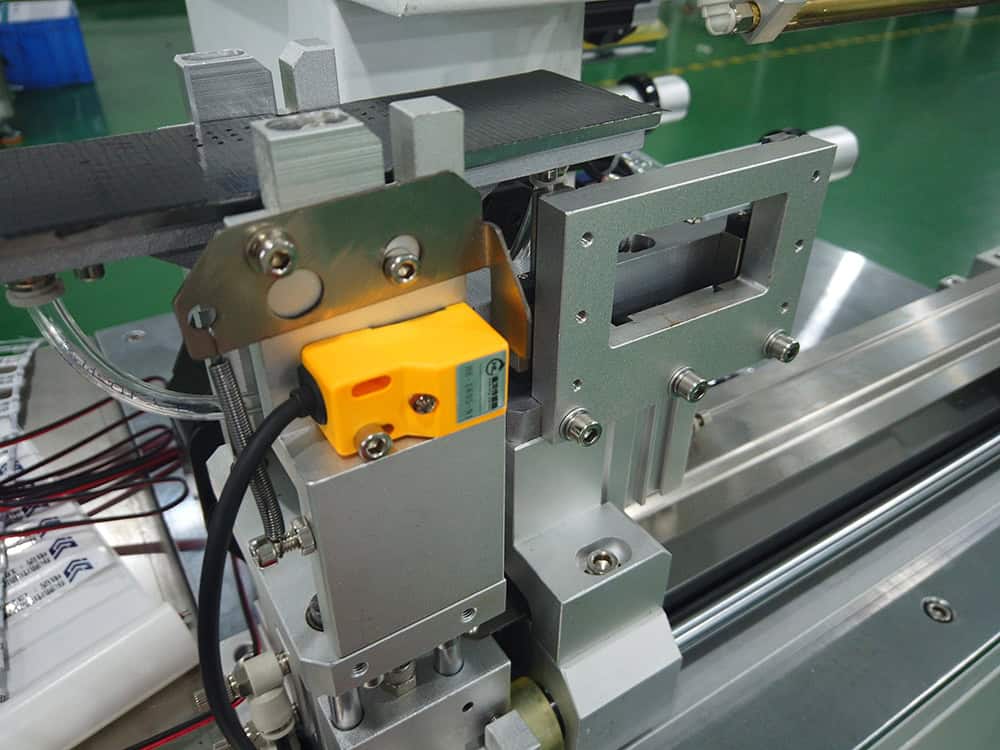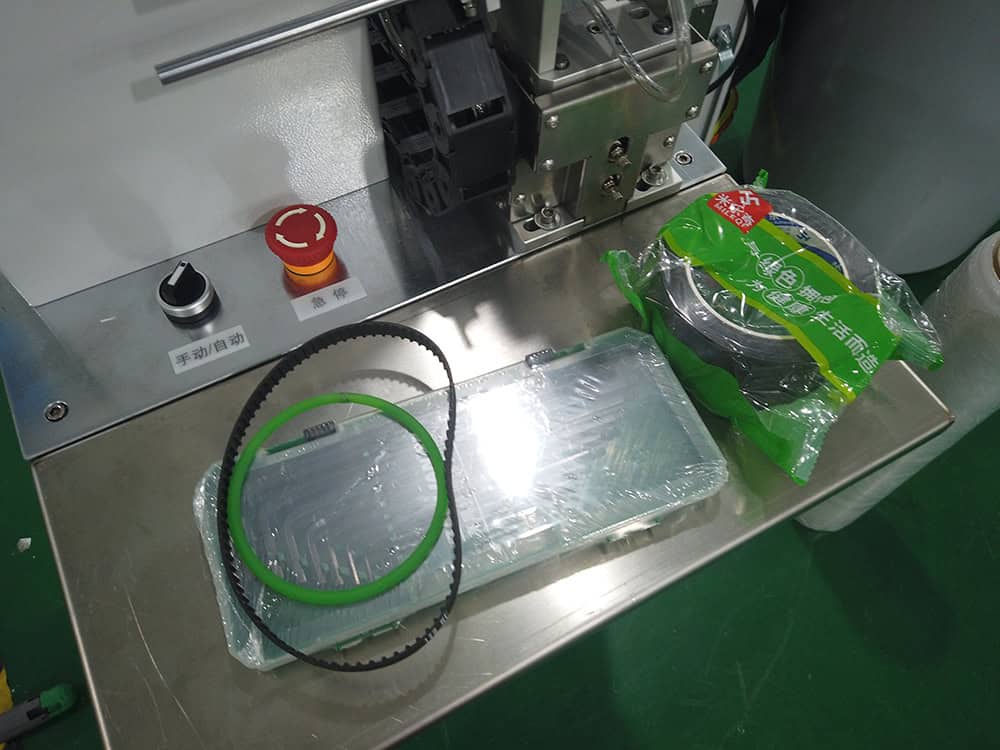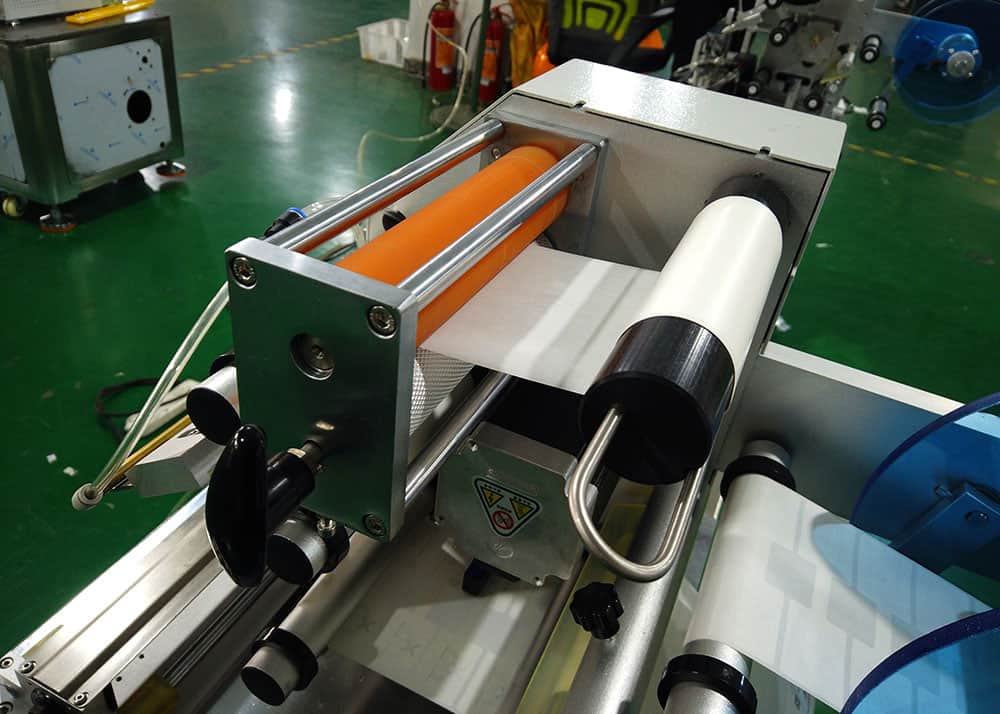Struggling to keep your labeling machine running smoothly? Finding and replacing labeling machine parts can be a daunting task, especially if you’re unsure where to start. This guide will help you understand the process and make it easier for you to maintain your machine, ensuring that it performs at its best and reduces downtime.
To find and replace essential labeling machine parts , start by identifying the parts you need, sourcing them from reliable suppliers, and following detailed instructions for replacement. Regular maintenance and understanding your machine’s components are key to prolonging its lifespan and efficiency.
Keep reading to discover the detailed steps and tips for maintaining your labeling machine, including how to find specific parts and perform replacements efficiently.
Identifying Labeling Machine Parts
Understanding the labeling machine parts of your labeling machine is the first step. Labeling machines, including cable marking machines, consist of various components that work together to apply labels accurately. These parts include the label applicator, sensors, rollers, and control panel. Each part plays a crucial role in the machine’s overall functionality.
Since there are different important parts for different functions of labeling machines, we will take an example based on wire labeling machines.
Labeling Mechanism
This is the most important part of the labeling machine, and the label is applied to the product by the labeling mechanism. Different products may require different customized labeling mechanisms. The labeling mechanism is driven and operated by a motor and pneumatic device.

Label Loading Rack
The label loading rack is used to mount labels. Pre-produced labels are mounted on the loading rack and the clamping level is adjusted according to the size of the label roll. The label loading rack can be used for labels of different sizes, but the diameter of the label roll should not exceed 240 mm.

Label Roller
The label roll is used to mount the labels and wrap them around the label roll in the correct order to ensure smooth label operation. If the label roll is damaged, the label will not run, or the label will be torn off during operation.

PLC
The PLC of the device is the most important electrical component. It is the brain of the whole machine and controls the movement of all the mechanisms. If the PLC is damaged, the equipment will not operate and will even lose parameters.

User Interface
The HMI is used to adjust the parameters of the device. Usually during the commissioning process after the production of the equipment, the commissioning engineer will frequently use the HMI to adjust the parameters. The purpose is to adjust the equipment to the best condition before shipment. Customers do not need to adjust the parameters after receiving the equipment.

Pressure Gauge
The pressure gauge is to ensure that there is a stable air pressure. The air pressure of the labeling machine needs to be at least 0.6MPa, and when the air pressure is not enough, it will automatically make up the pressure. It is necessary to regularly observe the value of the pressure gauge and check whether there is any air leakage.

Label Sensor
Label sensors are used to detect labels. After a label is dispensed, the sensor detects it and sends a command to the PLC, which in turn sends a command to the motor to deliver the next label. This way the labels can move forward in an orderly manner.

Product labeling sensor
The product labeling sensor is a sensor used to trigger the labeling action. It requires the worker to place the product in the labeling position and trigger the sensor. Here the device will perform some complete labeling action and prepare for the next labeling.

Wire Tag Printer
A labeler configured with a wire tag printer will be able to print the contents of the label as needed. Proper installation of the printer is critical. It is also different from the printers we normally use in the office. Care needs to be taken to differentiate it.

These are the important parts of a wire labeling machine, there are other not all listed. These parts are all need to focus on.
Sourcing Replacement Labeling Machine Parts
Finding the right parts for your labeling machine requires sourcing from reliable suppliers. Begin by checking with the machine’s manufacturer. They often provide original parts that are guaranteed to fit and function correctly with your specific model. Manufacturer websites and customer service can guide you through the ordering process.
WireLabelingMachine is a professional manufacturer of labeling machines. Our customers enjoy our after-sales service from the day they purchase the equipment. We promise a one-year warranty for the equipment and continuous technical support.
If the equipment is within the warranty period and parts of the labeling machine encounter issues, we will provide free repair or replacement. If it is no longer under warranty, we will still offer original parts at a fee. However, the cost will be much lower than what customers would pay to purchase from other suppliers.
Replacing Parts Efficiently
Replacing parts on your labeling machine involves careful planning and execution. Before starting, ensure you have all necessary tools and the workspace is clean and organized. Follow the instructions provided in the machine’s manual or by the part manufacturer closely. These instructions are designed to guide you through the replacement process step-by-step.
Safety is paramount. Always disconnect the machine from its power source before beginning any repairs. Wear appropriate protective gear, such as gloves and safety glasses, to prevent injuries. Take your time to avoid mistakes; rushing can lead to improper installation and further issues.
Document the replacement process, noting any difficulties or deviations from the instructions. This documentation can be helpful for future reference and maintenance. After replacing the part, test the machine thoroughly to ensure it operates correctly. Perform a few labeling cycles and check for any irregularities or errors.

Regular Maintenance and Troubleshooting
Regular maintenance is key to prolonging the lifespan of your labeling machine. Develop a maintenance schedule that includes cleaning, lubrication, and inspection of all parts. Regularly checking the condition of your machine can prevent minor issues from becoming major problems.
Troubleshooting common problems can also save time and money. For example, if labels are not applying correctly, check the alignment and tension of the label roll. If the machine is making unusual noises, inspect the rollers and gears for wear. Understanding basic troubleshooting techniques can help you address issues quickly and efficiently.
Keep a log of all maintenance activities and repairs. This log can help you track the performance of your machine and identify patterns in part wear and failure. It can also be valuable when communicating with suppliers or manufacturers about recurring issues.

Finding Reliable Suppliers and Upgrading
Building a relationship with reliable suppliers is crucial for ongoing maintenance and upgrades. As your business grows, you may need to upgrade your labeling machine to handle increased production demands or new labeling requirements. Reliable suppliers can provide the necessary parts and advice for upgrades.
When considering upgrades, evaluate your current machine’s capabilities and the new requirements. Upgrades might include adding a more efficient label applicator, upgrading the control panel for better automation, or integrating new sensors for improved accuracy. Consult with your supplier or the machine manufacturer to determine the best options for your needs.
Upgrading can extend the lifespan of your machine and improve its efficiency. However, weigh the cost of upgrades against the benefits and consider whether investing in a new machine might be a more cost-effective solution in the long run.
Conclusion
Maintaining and upgrading your labeling machine is essential for efficient production and long-term reliability. By understanding how to find and replace essential parts, you can keep your machine running smoothly and minimize downtime. Regular maintenance, reliable suppliers, and careful planning for upgrades are key to maximizing the performance and lifespan of your labeling machine.
Remember, investing time and effort in maintaining your machine not only ensures consistent labeling quality but also reduces the overall cost of ownership. With the right approach, your labeling machine can continue to serve your business effectively for many years.
You may be interested:
- Top 10 Strip Packaging Machine Manufacturers in China
- How Tape Wrapping Machines Enhance Efficiency in Industrial Packaging
- Why Choose Our Labeling Machine for Top, Bottom, and Side Labeling of Small Round Boxes?
- How Do Juice Drink Factories Coordinate with Multiple Suppliers to Customize Beverage Bottles?






